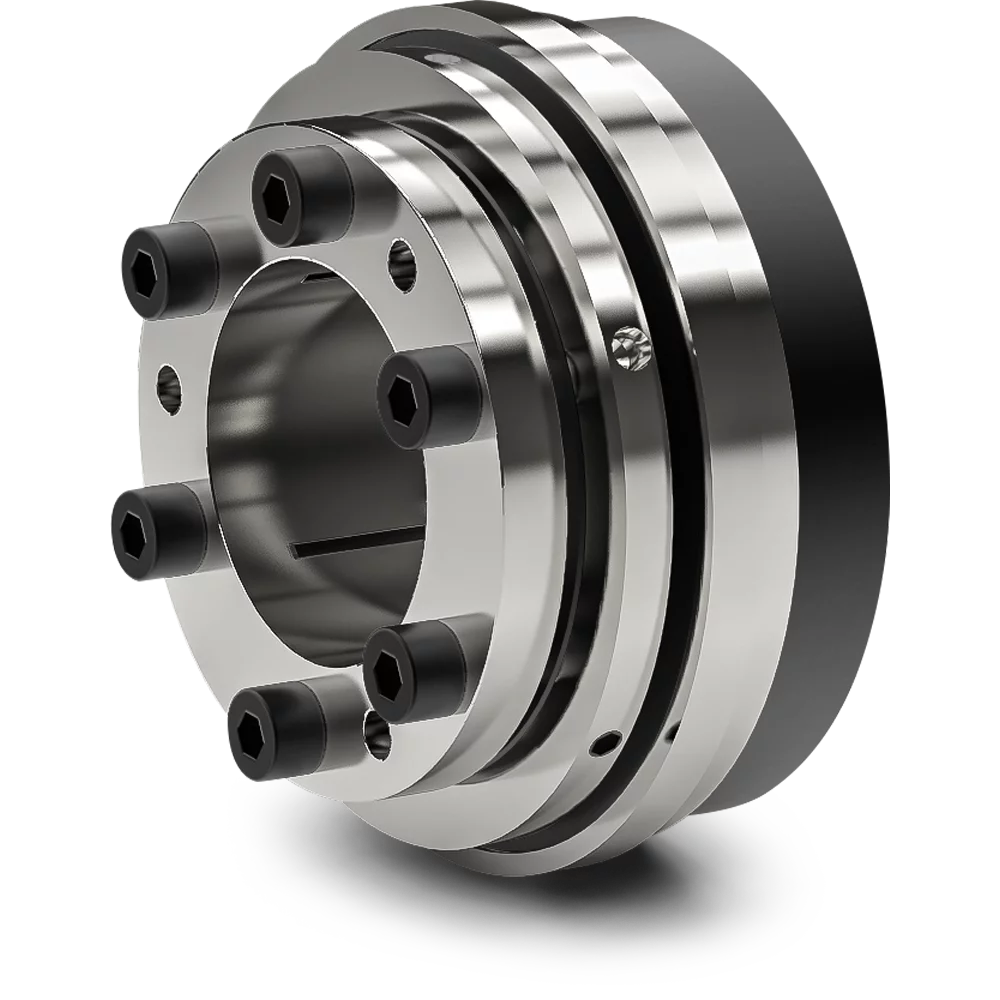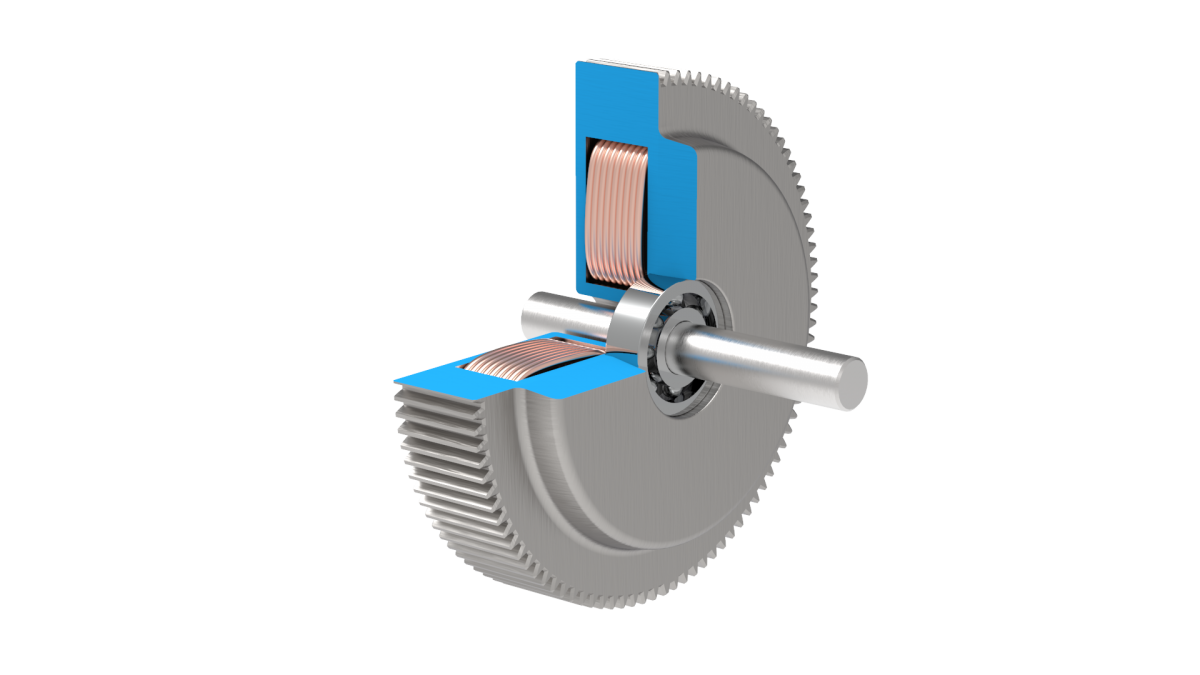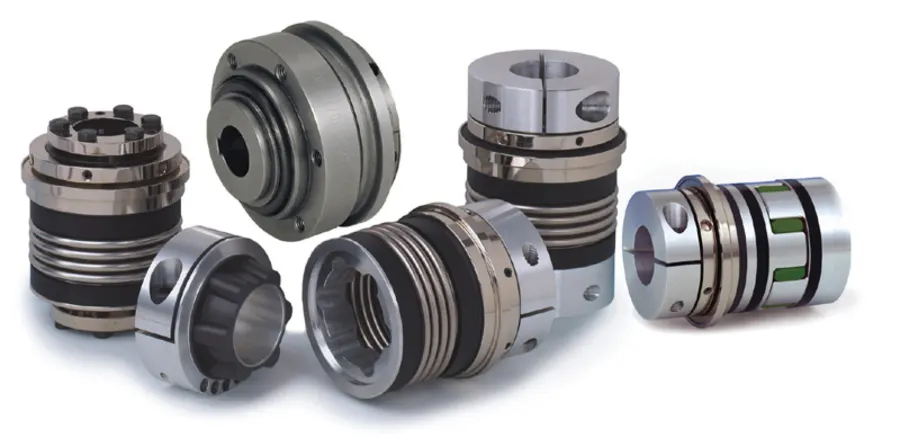Product Description
Wire Rope Double Drum Crane for Shaft Lifting
Introduction:
Mine hoist can be divided into 2 kinds; 1 kind is JKE series single rope mining hoist and the other is Multi-rope friction hoist.
This series mine hoist including 2m-5m single tubular and double tubular types, and can be used for mining hoist, personnel lifting and material and equipment descending from vertical shafts or inclined shafts of coal, metal and nonmetal ores.
JK mine hoist is mainly used in inclined roadways and wells of coal mines, metal mines and non-metal mines to hoist or lower personnel and materials.
Technical parameters:
| Model | Drum | Tension PF |
Tension Differe |
Rope Diameter |
Lift height (m) | Max Speed |
Reduce speed ratio |
Motor Speed |
||||||
| Number | Dia | Width | 1-layer | 2-layer | 3-layer |
|||||||||
| m | KN | mm | m | m/s | r/min | |||||||||
| JK-2×1.5/20 | 1 | 2.0 | 1.5 | 62 | 24 | 305 | 650 | 1571 | 5.2 | 20.0 | 1000 | |||
| JK-2×1.5/31.5 | 31.5 | |||||||||||||
| JK-2×1.8/20 | 1.80 | 375 | 797 | 1246 | 20.0 | |||||||||
| JK-2×1.8/31.5 | 31.5 | |||||||||||||
| JK-2.5×2/20 | 2.5 | 2.00 | 83 | 28 | 448 | 945 | 1475 | 5.0 | 20.0 | 750 | ||||
| JK-2.5×2/31.5 | 31.5 | |||||||||||||
| JK-2.5×2.3/20 | 2.30 | 525 | 1100 | 1712 | 20.0 | |||||||||
| JK-2.5×2.3/31.5 | 31.5 | |||||||||||||
| JK-3×2.2/20 | 3.0 | 2.20 | 135 | 36 | 458 | 966 | 1513 | 6.0 | 20.0 | |||||
| 2JK-2×1/11.2 | 2 | 2.0 | 1.00 | 62 | 40 | 24 | 182 | 406 | 652 | 7.0 | 11.2 | |||
| 2JK-2×1/20 | 20.0 | |||||||||||||
| 2JK-2×1/31.5 | 31.5 | |||||||||||||
| 2JK-2×1.25/11.2 | 1.25 | 242 | 528 | 838 | 11.2 | |||||||||
| 2JK-2×1.25/20 | 20.0 | |||||||||||||
| 2JK-2×1.25/31.5 | 31.5 | |||||||||||||
| 2JK-2.5×1.2/11.2 | 2.5 | 1.20 | 83 | 65 | 28 | 843 | 8.8 | 11.2 | ||||||
| 2JK-2.5×1.2/20 | 20.0 | |||||||||||||
| 2JK-2.5×1.2/31.5 | 31.5 | |||||||||||||
| 2JK-2.5×1.5/11.2 | 2.5 | 1.50 | 83 | 65 | 28 | 319 | 685 | 1080 | 8.8 | 11.2 | ||||
| 2JK-2.5×1.5/20 | 20.0 | |||||||||||||
| 2JK-2.5×1.5/31.5 | 31.5 | |||||||||||||
| 2JK-3×1.5/11.2 | 3.0 | 135 | 90 | 36 | 289 | 624 | 994 | 10.5 | 11.2 | |||||
| 2JK-3×1.5/20 | 20.0 | |||||||||||||
| 2JK-3×1.5/31.5 | 31.5 | |||||||||||||
| 2JK-3×1.8/11.2 | 1.80 | 362 | 770 | 1217 | 11.2 | |||||||||
| 2JK-3×1.8/20 | 20.0 | |||||||||||||
| 2JK-3×1.8/31.5 | 31.5 | |||||||||||||
| 2JK-3.5×1.7/11.2 | 3.5 | 1.70 | 170 | 115 | 40 | 349 | 746 | – | 12.6 | 11.2 | ||||
| 2JK-3.5×1.7/20 | 20.0 | |||||||||||||
| 2JK-3.5×2.1/11.2 | 2.10 | 450 | 950 | – | 11.2 | |||||||||
| 2JK-3.5×2.1/11.2 | 20.0 | |||||||||||||
| 2JK-4×2.1/10 | 4.0 | 245 | 160 | 48 | 421 | 891 | – | 12.6 | 10.0 | 600 | ||||
| 2JK-4×2.1/11.2 | 11.2 | |||||||||||||
| 2JK-4×2.1/20 | 20.0 | |||||||||||||
| 2JK-5×2.3/10 | 5.0 | 2.30 | 280 | 180 | 52 | 533 | – | – | 12 | 10.0 | 500 | |||
| 2JK-5×2.3/11.2 | ||||||||||||||
Possible defects:
| Defect | Causes |
| Unfilled sections | Insufficient material Low pouring temperature |
| Porosity | Melt temperature is too high Non-uniform cooling rate Sand has low permeability |
| Hot tearing | Non-uniform cooling rate |
| Surface projections | Erosion of sand mold interior A crack in the sand mold Mold halves shift |
FAQ
Q: How about the quality of your products?
A: Our machines are manufactured strictly according to national and international standards, and we take a test on each equipment before delivery.
Q: How about the price?
A: We are manufactory, and we can give you lower price than those trade companies. Besides, customers from Made in China can get a discount.
Q: Do you provide after-sale service?
A: Yes. The warranty period of our machines is 1 year, and we have a professional after-sale team to promptly and thoroughly solve your problems.
Q: Do you provide equipment operation training?
A: Yes. We can send professional engineers to the working site for equipment installation, adjustment, and operation training. All of our engineers have passports.
/* January 22, 2571 19:08:37 */!function(){function s(e,r){var a,o={};try{e&&e.split(“,”).forEach(function(e,t){e&&(a=e.match(/(.*?):(.*)$/))&&1
| Certification: | CE, ISO 9001:2008 |
|---|---|
| Standard: | ASME, BS, ANSI, GB, ASTM, DIN |
| Surface Treatment: | Sand Blast |
| Manufacturing Process: | Casting |
| Material: | Alloy Steel |
| Name: | Shaft Lifting |
| Customization: |
Available
|
|
|---|

What is the impact of tensioner rollers on the noise level and vibration in a belt drive system?
Tensioner rollers play a significant role in managing the tension and alignment of belts in a belt drive system, and they can have a notable impact on the noise level and vibration of the system. Here’s a detailed explanation of the impact of tensioner rollers on noise and vibration in a belt drive system:
1. Noise Reduction:
Tensioner rollers help reduce noise in a belt drive system by maintaining proper belt tension and alignment. When the tensioner roller is properly adjusted, it ensures that the belt remains in contact with the pulleys without excessive slack or tension. This helps minimize belt slippage, which is a common source of noise in belt drive systems. Additionally, tensioner rollers with damping mechanisms or optimized designs can further reduce noise by absorbing vibrations and minimizing the transmission of sound waves through the system.
2. Vibration Damping:
Tensioner rollers can also contribute to the damping of vibrations in a belt drive system. Vibrations can occur due to various factors, such as belt misalignment, inconsistent tension, or irregularities in the pulley surfaces. By maintaining proper tension and alignment, tensioner rollers help reduce these vibrations. Additionally, tensioner rollers with damping mechanisms or advanced bearing systems can absorb and dissipate vibrations, further reducing the overall vibration levels in the system.
3. Belt Slap and Flutter Prevention:
Tensioner rollers play a crucial role in preventing belt slap and flutter, which are sources of noise and vibration in belt drive systems. Belt slap occurs when the belt tension is insufficient, causing the belt to oscillate and slap against nearby components. Flutter refers to the rapid vibration or flapping of the belt due to irregular tension or misalignment. Tensioner rollers help maintain proper tension and alignment, preventing belt slap and flutter and consequently reducing the associated noise and vibration.
4. Improved Belt Contact:
Proper tension and alignment provided by tensioner rollers ensure improved belt contact with the pulleys. When the belt is correctly tensioned, it maintains consistent and optimal contact with the pulley surfaces. This results in smoother power transmission and reduced belt slip, which in turn leads to reduced noise and vibration. Tensioner rollers help maintain this optimal belt contact, contributing to quieter and smoother operation of the belt drive system.
5. Reduced Wear and Tear:
By maintaining proper tension and alignment, tensioner rollers help minimize excessive wear and tear on the belt and other components in the drive system. When the belt is properly tensioned, it experiences less stress and friction, reducing the likelihood of noise and vibration-inducing issues such as belt stretching, slipping, or premature wear. By minimizing these factors, tensioner rollers contribute to a quieter and smoother-running belt drive system.
6. System Stability:
Optimal tension and alignment provided by tensioner rollers contribute to the overall stability of the belt drive system. When the belt operates with consistent tension and alignment, it reduces the chances of sudden changes or fluctuations that can lead to noise and vibration. The stability provided by tensioner rollers helps maintain a more controlled and balanced operation, resulting in reduced noise and vibration levels.
7. Maintenance of Performance Over Time:
Tensioner rollers help maintain the performance of the belt drive system over time. As belts naturally wear and stretch over their lifespan, tensioner rollers can compensate for these changes by continuously adjusting the tension. This ensures that the belt remains properly tensioned and aligned, minimizing the risk of noise and vibration issues that can arise from belt deterioration. By maintaining consistent performance, tensioner rollers contribute to a quieter and smoother-running belt drive system throughout its service life.
In summary, tensioner rollers have a significant impact on the noise level and vibration in a belt drive system. They help reduce noise by maintaining proper tension and alignment, absorbing vibrations, preventing belt slap and flutter, and improving belt contact. Tensioner rollers also contribute to smoother operation, reduced wear, increased system stability, and long-term performance maintenance. By ensuring optimal functionality, tensioner rollers help create a quieter and more vibration-free environment in belt drive systems.

What role do tensioner rollers play in ensuring proper alignment and tension in belt systems?
Tensioner rollers play a crucial role in ensuring proper alignment and tension in belt systems. They perform several key functions that contribute to the overall performance and reliability of belt-driven systems. Here’s a detailed explanation:
1. Maintaining Proper Belt Tension:
Tensioner rollers help maintain the optimal tension in belts. Proper tension is essential for efficient power transmission and preventing belt slippage. Tensioner rollers exert a controlled amount of pressure on the belt, ensuring it remains tensioned within the desired range. By maintaining proper belt tension, tensioner rollers help prevent power loss, slippage, and premature wear of the belt.
2. Absorbing Belt Vibrations:
Vibrations can occur in belt systems due to imbalances, misalignments, or variations in load. These vibrations can lead to increased wear, noise, and reduced belt life. Tensioner rollers are designed to absorb and dampen vibrations, minimizing their impact on the belt. By reducing vibrations, tensioner rollers help maintain proper alignment and tension, enhancing the performance and longevity of the belt system.
3. Reducing Belt Misalignment:
Proper belt alignment is critical for optimal performance and longevity. Tensioner rollers play a role in maintaining belt alignment by exerting consistent pressure on the belt and guiding it along the intended path. They help prevent lateral movement and ensure that the belt remains centered on the pulleys. By minimizing belt misalignment, tensioner rollers reduce wear, noise, and the risk of premature belt failure.
4. Compensating for Belt Stretch:
Belts can experience stretch over time due to the mechanical stresses they undergo during operation. Belt stretch can result in reduced tension and compromised power transmission. Tensioner rollers are designed to compensate for belt stretch by applying additional tension to maintain the desired level of belt tension. This compensation helps prevent belt slippage, excessive wear, and premature failure, ensuring proper alignment and tension in the belt system.
5. Facilitating Belt Tracking:
Proper belt tracking is essential for smooth operation and longevity of the belt system. Tensioner rollers aid in maintaining belt tracking by exerting controlled pressure and guiding the belt along the intended path. They help prevent the belt from wandering or rubbing against the pulleys or other components. By facilitating accurate belt tracking, tensioner rollers contribute to proper alignment, reduced wear, and extended belt life.
6. Supporting Belt Span:
In longer belt spans or applications with heavy loads, tensioner rollers provide support to the belt. They help prevent sagging and excessive flexing of the belt, which can lead to accelerated wear and reduced belt life. By offering support, tensioner rollers contribute to maintaining proper alignment and tension throughout the belt system.
7. Allowing Tension Adjustment:
Tensioner rollers often incorporate mechanisms that allow for tension adjustment. This feature enables fine-tuning of the belt tension to suit specific operating conditions or accommodate changes in load or temperature. Tension adjustment capability ensures that the belt system can be properly tensioned, optimizing performance, and reducing the risk of wear or slippage.
In summary, tensioner rollers play a vital role in ensuring proper alignment and tension in belt systems. They maintain proper belt tension, absorb vibrations, reduce belt misalignment, compensate for belt stretch, facilitate belt tracking, provide belt support, and allow tension adjustment. By performing these functions, tensioner rollers contribute to the overall efficiency, reliability, and longevity of belt-driven systems.

What is a tensioner roller, and what role does it play in mechanical systems?
A tensioner roller, also known as a belt tensioner or idler pulley, is a component commonly used in mechanical systems to maintain proper tension in belts or chains. It plays a crucial role in ensuring the efficient and reliable operation of various systems that rely on the power transmission provided by belts or chains. Here’s a detailed explanation of what a tensioner roller is and the role it plays in mechanical systems:
1. Definition and Construction:
A tensioner roller is a pulley-like component that is typically mounted on a spring-loaded arm or bracket. It consists of a smooth or grooved surface that comes into contact with the belt or chain. The tensioner roller is designed to rotate freely on bearings or bushings, allowing it to accommodate the movement of the belt or chain and maintain the desired tension.
2. Tension Maintenance:
The primary role of a tensioner roller is to maintain the appropriate tension in belts or chains. Tension is crucial for the proper functioning of power transmission systems. If the tension is too loose, the belt or chain may slip, resulting in a loss of power transfer and potential damage to the system. On the other hand, excessive tension can cause increased wear on the belt or chain, as well as strain on other components. The tensioner roller applies the necessary force to keep the belt or chain properly tensioned, ensuring optimal power transmission efficiency and preventing premature wear or failure.
3. Compensation for Belt or Chain Stretch:
Over time, belts and chains can experience stretching due to normal wear and tear or changes in operating conditions. This stretching can lead to a decrease in tension and affect the performance of the mechanical system. Tensioner rollers are designed to compensate for belt or chain stretch by automatically adjusting their position to maintain the desired tension. The spring-loaded arm or bracket allows the tensioner roller to move and adapt to the changing length of the belt or chain, ensuring consistent tension throughout the system’s operation.
4. Noise and Vibration Dampening:
Tensioner rollers also contribute to reducing noise and vibration in mechanical systems. The smooth rotation of the tensioner roller on its bearings or bushings helps absorb and dampen the vibrations generated during the operation of the belt or chain. This reduces the overall noise level and improves the smoothness of the system’s operation, enhancing user comfort and minimizing potential damage caused by excessive vibrations.
5. Maintenance and Replacement:
Proper maintenance of tensioner rollers is essential to ensure their continued functionality. Regular inspections should be conducted to check for signs of wear, damage, or misalignment. If a tensioner roller is found to be worn, damaged, or no longer providing adequate tension, it should be promptly replaced to prevent further complications and maintain the optimal operation of the mechanical system.
6. Applications:
Tensioner rollers are used in a wide range of mechanical systems that rely on belts or chains for power transmission. They can be found in automotive engines, industrial machinery, HVAC systems, printing equipment, and many other applications. The specific design and size of tensioner rollers may vary depending on the requirements of the system in which they are used.
In summary, a tensioner roller is a crucial component in mechanical systems that rely on belts or chains for power transmission. It ensures the proper tension of the belt or chain, compensates for stretch, reduces noise and vibration, and contributes to the overall efficiency and reliability of the system. Regular maintenance and timely replacement of tensioner rollers are essential to ensure optimal performance and prevent potential issues in mechanical systems.


editor by CX 2024-03-26